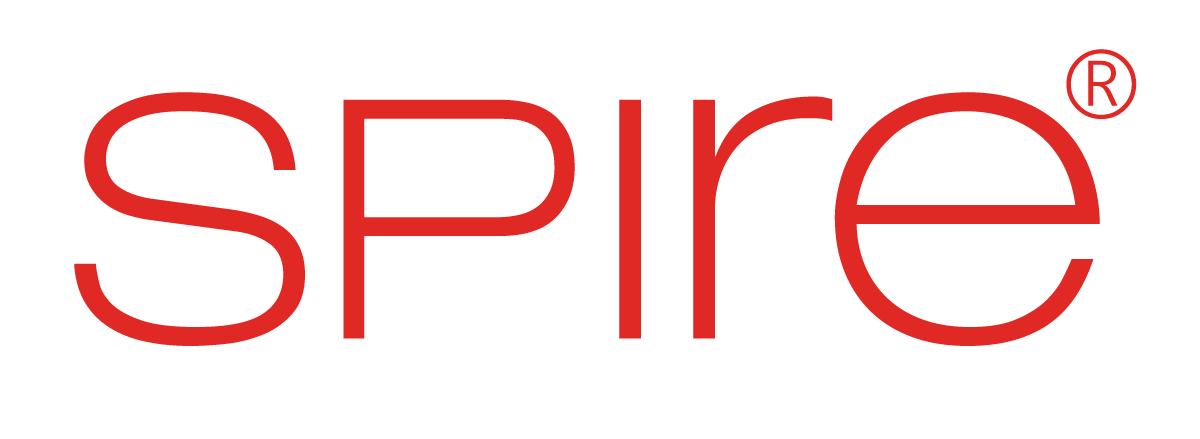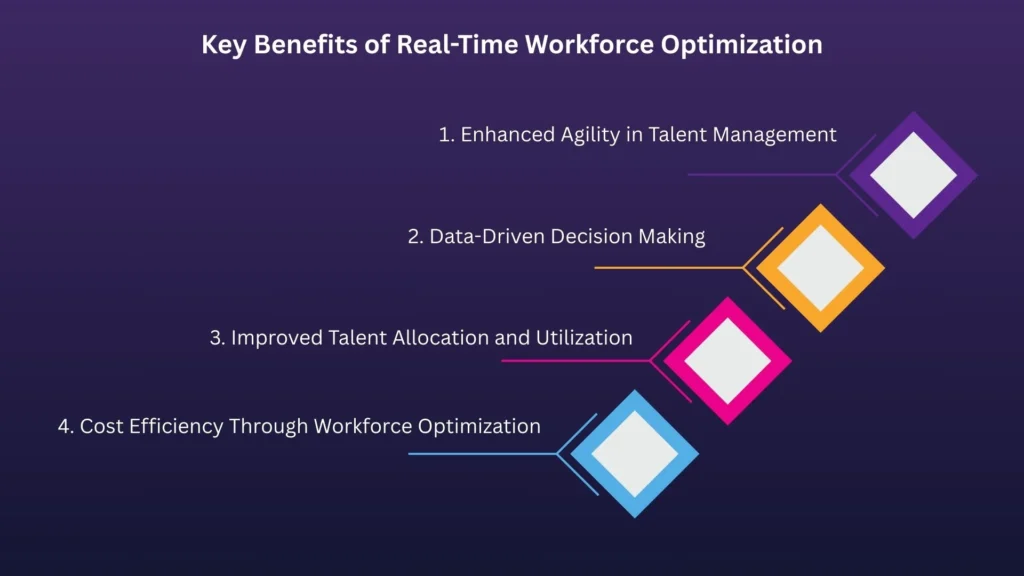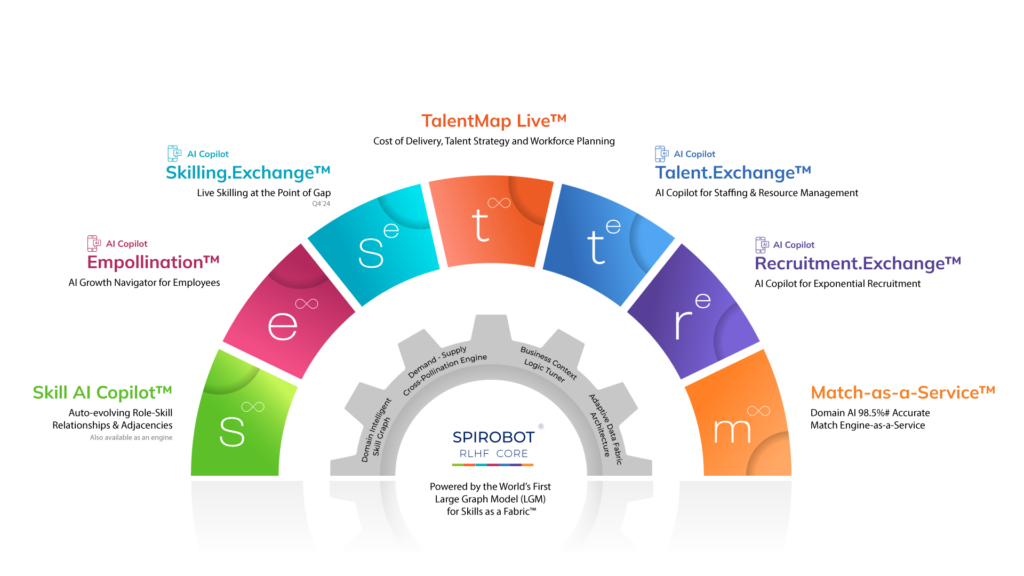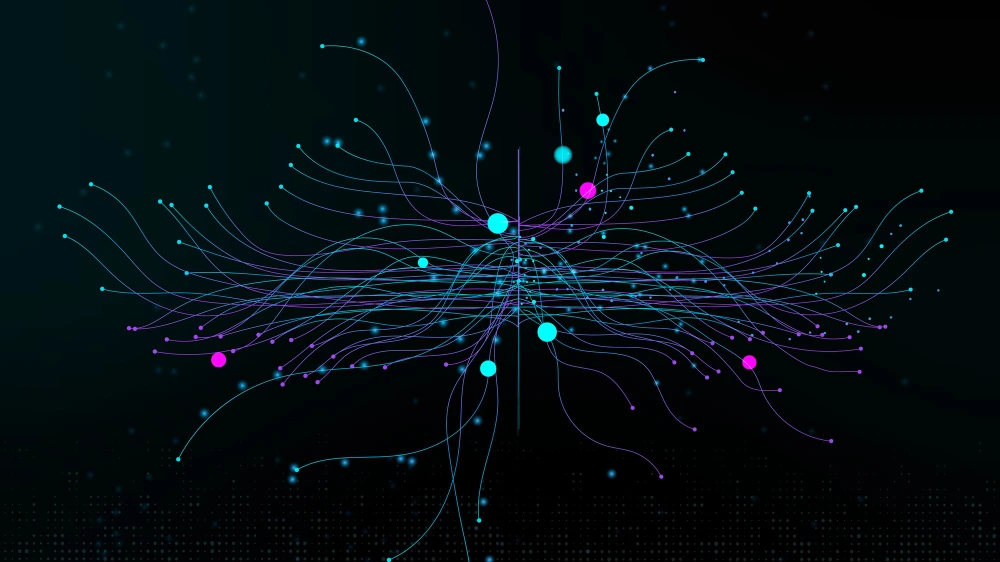Workforce optimization is a top priority for HR and talent leaders striving to enhance operational efficiency and employee productivity. As organizations scale, workforce complexities increase, making traditional methods of staff optimization insufficient. AI-driven Talent Control Rooms are transforming how HR leaders and executives make real-time talent decisions, enabling strategic workforce optimization strategies that align with business objectives.
Talent Control Rooms leverage AI, predictive analytics, and automation to provide decision-makers with instant visibility into workforce performance, productivity, and utilization. By integrating real-time data, these advanced platforms serve as workforce optimizers, ensuring HR leaders optimize workforce deployment, enhance employee experience, and drive organizational success.
The Concept of AI-Driven Talent Control Rooms
Talent Control Rooms function as centralized intelligence hubs, combining multiple data sources like HRIS, ATS, performance management systems, and external labor market analytics to offer real-time workforce insights. These AI-powered dashboards help HR leaders track key performance indicators (KPIs), analyze trends, and proactively address talent challenges before they impact business performance.
Unlike traditional HR dashboards that rely on static reports and manual data entry, AI-driven Talent Control Rooms continuously ingest and process data from multiple internal and external sources. This enables HR leaders to gain a 360-degree view of workforce performance, skill gaps, engagement trends, and operational efficiencies in real time.
By leveraging advanced AI technology, Talent Control Rooms provide actionable intelligence tailored to specific business needs. These AI systems identify anomalies, recognize patterns, and recommend proactive strategies to optimize workforce deployment and planning. Moreover, by integrating with cloud-based collaboration tools and communication platforms, these control rooms enable seamless interaction between HR executives, business leaders, and managers, ensuring alignment with organizational goals.
Key Features of AI-Driven Talent Control Rooms
- Predictive Analytics: AI-driven models forecast attrition rates, skill shortages, and talent gaps, allowing HR leaders to take proactive measures. By analyzing historical workforce data, these models predict employee turnover trends, highlighting key risk factors and enabling HR teams to deploy targeted retention strategies.
- Real-Time Workforce Optimization: AI continuously processes data to ensure staff optimization by aligning talent supply with demand. By dynamically adjusting workforce allocations based on demand fluctuations, these platforms prevent overstaffing and understaffing scenarios, leading to improved efficiency.
- AI-Powered Decision Support: Prescriptive analytics recommend hiring, redeployment, and upskilling actions to optimize workforce utilization. These recommendations are based on business objectives, employee performance metrics, and future skill requirements, ensuring strategic workforce planning.
- Scenario Planning: Leaders can simulate workforce changes and assess the impact of strategic talent decisions before implementation. AI-driven simulations allow HR executives to evaluate different workforce configurations, test hiring strategies, and explore alternative workforce structures without disrupting actual operations.
- Compliance & Risk Mitigation: AI ensures that workforce policies comply with evolving labor laws and diversity regulations. Talent Control Rooms continuously monitor compliance standards, flag potential risks, and provide automated updates on regulatory changes to minimize legal exposure.
Why C-Suite Executives Need Real-Time Workforce Optimization
C-suite executives are increasingly recognizing the critical role of real-time workforce optimization in maintaining operational excellence and sustaining competitive advantage. In a business landscape where talent dynamics shift rapidly, relying on outdated or static workforce, data can result in missed opportunities, inefficiencies, and escalated costs.
AI-powered Talent Control Rooms provide HR and talent leaders with instantaneous insights that enhance decision-making and enable organizations to adapt proactively to workforce challenges. By integrating AI-driven analytics and predictive modeling, executives gain the ability to optimize workforce planning, improve resource allocation, and drive productivity with precision.
Enhanced Agility in Talent Management
Organizations face fluctuating market demands, requiring HR leaders to make quick, informed workforce decisions. AI-driven Talent Control Rooms empower executives with real-time insights, enabling them to optimize workforce planning with agility. Research by McKinsey indicates that companies using advanced workforce optimization strategies see a 15-25% improvement in workforce productivity.
Data-Driven Decision Making
The traditional HR approach relies on static reports, making it challenging to adapt to rapid organizational shifts. AI-powered workforce optimizer platforms provide real-time dashboards, allowing HR leaders to move from reactive to proactive workforce management.
Improved Talent Allocation and Utilization
By leveraging AI-driven staff optimization techniques, organizations ensure that the right employees are in the right roles at the right time. According to Gartner, 70% of HR executives believe AI-powered workforce optimization strategies will significantly improve talent management outcomes in the next five years.
Cost Efficiency Through Workforce Optimization
Optimizing workforce deployment minimizes overstaffing and understaffing issues, reducing unnecessary labor costs. Studies show that AI-driven WFO software can cut workforce-related expenses while maintaining operational efficiency.
AI-Powered Workforce Optimization Strategies for HR Leaders
HR leaders are leveraging AI-driven workforce optimization strategies to align talent with business objectives, streamline operations, and drive efficiency. These strategies not only enhance workforce agility but also improve decision-making by providing real-time insights and predictive analytics.
Below are key AI-powered approaches that enable HR professionals to optimize workforce planning and execution.
Skill-Based Workforce Planning
AI-driven platforms go beyond basic skills mapping by analyzing historical data, employee performance, and future business needs to create dynamic skill-based workforce plans. These systems identify skill adjacencies, enabling HR leaders to upskill employees efficiently, close skill gaps, and ensure a proactive approach to talent deployment. AI models also provide insights into market trends, guiding organizations in hiring and reskilling initiatives to meet future industry demands.
AI-driven platforms analyze employee skills and match them with current and future business needs, ensuring efficient staff optimization.
Automated Workforce Scheduling
AI-driven predictive scheduling tools factor in employee availability, preferences, and workload distribution to create optimized schedules. These systems dynamically adjust workforce schedules in response to real-time fluctuations in business demands, ensuring optimal coverage without overstaffing or underutilization.
By incorporating labor laws, compliance rules, and shift optimization algorithms, AI-powered scheduling reduces administrative burdens and enhances workforce productivity.
Predictive algorithms adjust workforce schedules in real time, reducing downtime and enhancing productivity.
AI-Driven Succession Planning
By analyzing career trajectories, performance metrics, and leadership potential, AI helps HR teams identify and nurture high-potential employees for future leadership roles. AI-powered career pathing suggests personalized development plans, mentorship opportunities, and targeted learning programs to groom future leaders.
Additionally, predictive modeling enables organizations to anticipate leadership vacancies and prepare contingency plans, ensuring business continuity and growth.
HR leaders can identify high-potential employees and prepare them for leadership roles through data-backed career pathing.
Diversity and Inclusion Optimization
AI-driven analytics provide HR leaders with real-time insights into diversity metrics, identifying representation gaps across different organizational levels. These tools evaluate hiring patterns, employee retention rates, and promotional pathways to detect biases and recommend actionable steps for creating a more inclusive workplace.
AI also enhances recruitment strategies by removing unconscious bias from job descriptions, screening processes, and candidate evaluations, ensuring a fair and equitable hiring process.
AI identifies gaps in workforce diversity, helping organizations create fairer, more inclusive talent strategies.
The Role of Spire.AI in AI-Driven Talent Control Rooms
Spire.AI is revolutionizing workforce optimization with its cutting-edge Talent Control Room solutions. As a centralized platform, Spire.AI enables HR leaders and C-suite executives to manage talent internally with unified, real-time insights. The Talent Control Room integrates data from multiple workforce systems, offering a single source of truth for decision-making.
One of the most significant advantages of Spire.AI’s Talent Control Room is its ability to align workforce supply and demand. AI-powered analytics continuously monitor workforce trends, allowing leaders to make informed decisions about skill redeployment, reskilling initiatives, and long-term workforce planning. By identifying skill gaps and future talent needs, organizations can proactively address staffing shortages, ensuring optimal productivity and business continuity.
The Significance of Domain-AI in Talent Control Rooms
Spire.AI leverages Domain-Specific AI to provide tailored recommendations that align with an organization’s unique talent and business landscape. Through AI-powered dashboards, HR leaders can,
- Gain instant visibility into workforce availability, productivity, and potential gaps.
- Optimize staff redeployment by identifying employees with transferable skills and matching them with critical roles.
- Automate reskilling initiatives by suggesting personalized learning paths for employees whose roles may be at risk due to shifting business demands.
- Conduct scenario-based workforce planning, allowing executives to forecast the impact of different talent strategies before implementing changes.
By integrating predictive analytics, Spire.AI enables businesses to take a proactive approach to talent management, ensuring workforce agility, efficiency, and sustainability.
Key Capabilities of Spire.AI’s Talent Control Room
- AI-Powered Workforce Analytics: Real-time monitoring of workforce productivity, engagement, and performance trends.
- Smart Talent Allocation: AI-driven recommendations for employee redeployment and cross-functional team formation.
- Predictive Attrition Modeling: Identifies high-risk employees and suggests targeted retention strategies.
- Dynamic Workforce Planning: Adjusts talent strategies in response to evolving business needs, ensuring optimal workforce deployment.
With Spire.AI, HR leaders gain a powerful workforce optimizer that transforms data into actionable insights, fostering better decision-making and future-ready workforce strategies.
Designed for HR leaders and C-suite executives, Spire.AI’s AI-powered workforce optimizer integrates seamlessly with existing HR ecosystems, providing real-time insights that drive better talent decisions.
Conclusion: Shaping the Future of Workforce Optimization
As HR and talent leaders face increasing complexity in workforce management, AI-driven Talent Control Rooms offer a game-changing solution. By harnessing real-time insights, predictive analytics, and AI-driven workforce optimization strategies, organizations can enhance agility, reduce costs, and optimize workforce efficiency.
With solutions like Spire.AI, C-suite executives can confidently embrace AI-driven workforce intelligence, transforming talent management from a reactive function into a strategic, data-driven powerhouse. HR leaders who leverage AI-powered workforce optimization today will be at the forefront of shaping the future of talent management.







